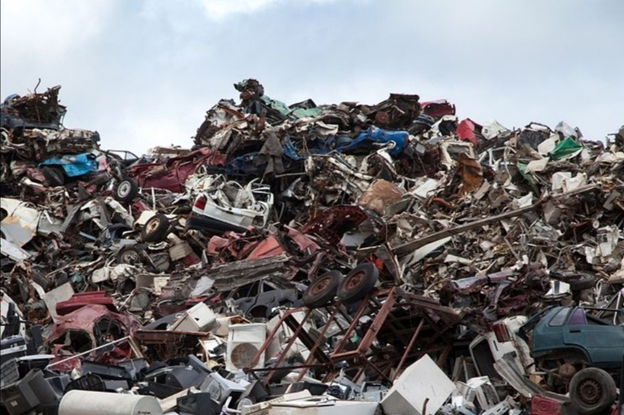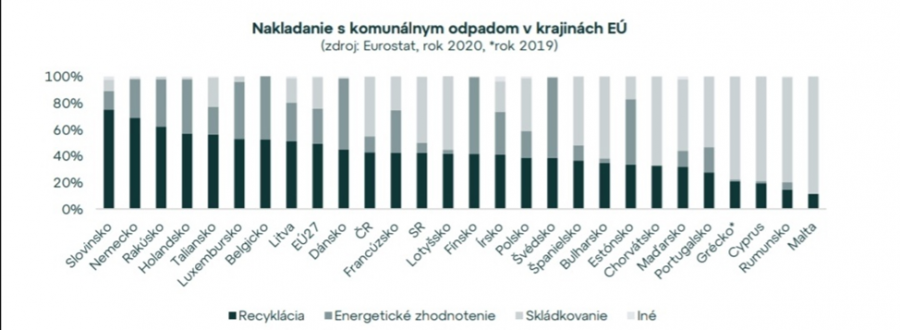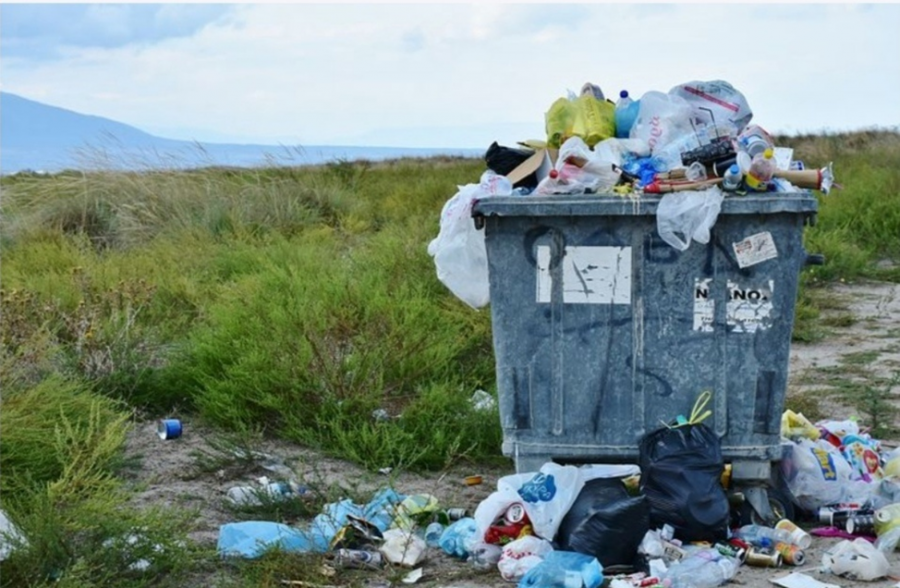
One of the most terrible current environmental problems is precisely the huge amount of non-recyclable garbage that we produce every day. How can we fight it?
Many companies participated last week in Waste Reduction Week. The aim of such companies is to highlight the importance and promote initiatives to draw attention to the sound management of resources and waste in the participating countries both in Europe and beyond for one week.
Ranking of Slovakia in waste recycling
“In 2020, Slovakia has (according to Eurostat) the seventh lowest level of domestic waste production per capita (433 kg) in the EU. However, in this ranking, we are gradually climbing up, and over the past decade we have entered the number of EU countries with the fastest growth in the production of HW (Household Waste). The reason is the growing consumption, as each purchased product and service gradually creates waste” says waste management analyst Eva Sadovská working with Wood and Company.
That is why we must develop this area, build recycling centers, and help the environment.
Consider how much household waste Slovakia produces
People in Slovakia generate half as much waste as 10 years ago. They throw away an average of 1.4 kg per day per person, claims Sadovská in the analysis.
Last year, the average Slovak person threw an average of 497 kg of garbage into trash cans. This amounts to approximately 1.4 kg of waste per day.
More bad news is that about 41% of household waste still ends up in landfills.
This is the environmentally worst way to handle waste, which also contributes to the greenhouse effect. Decomposition products of organic and inorganic waste contain toxic compounds and heavy metals. Being washed out of the dump ‘body’, they pollute soils, ground and surface waters, and the released methane and other gases and volatile products pollute the surface air and atmosphere. The recycling rate is reported to be 49%. Only about 9% of household waste has been recycled to generate electricity or heat in Waste-to-Energy plants,” says the same analyst from Wood and Company.

How can waste recycling bring Slovakia to a new stage of development and independence?
Slovakia buys a significant part of the energy it consumes from other transporter countries (such as Russia, for example). In connection with the energy crisis in 2022, one of the solutions to this problem will be the creation of waste-to-energy processing facilities, which will allow Slovakia to process waste into heat cheaply and for the benefit of nature. Unfortunately, there are only 2 such facilities in Slovakia (in Košice and Bratislava), while 5 of them are needed.

What can each of us do?
Of course, one of the most important rules is to monitor our relationship with garbage. We must comply with the rules of waste processing and sorting. We need to take everything we use to specialized places to minimize the amount of waste that each of us produces. We must start supporting recycling companies physically, morally, and economically. We should read and study more information about this problem. And of course, we should increase awareness by spreading this information more. Together we can change our country for the better.
Title photo: pixabay.com.